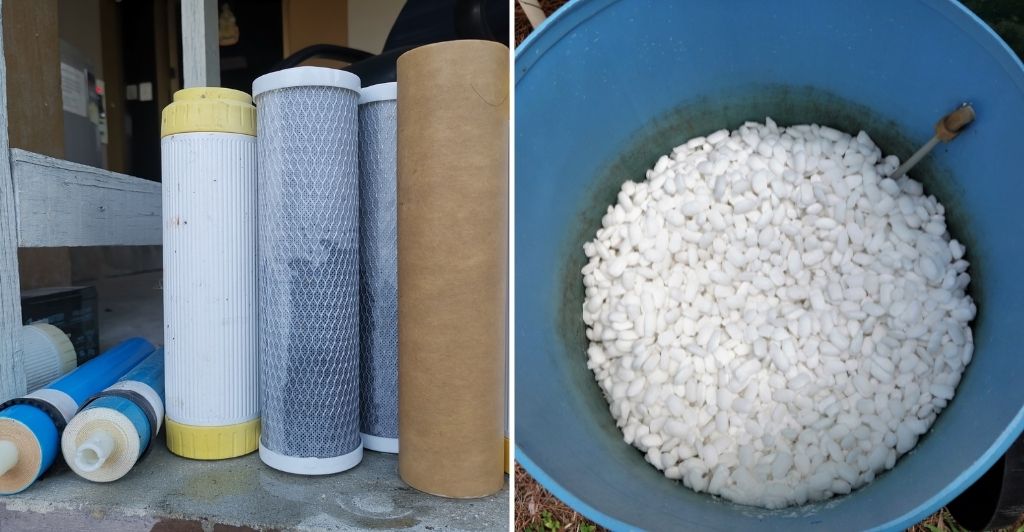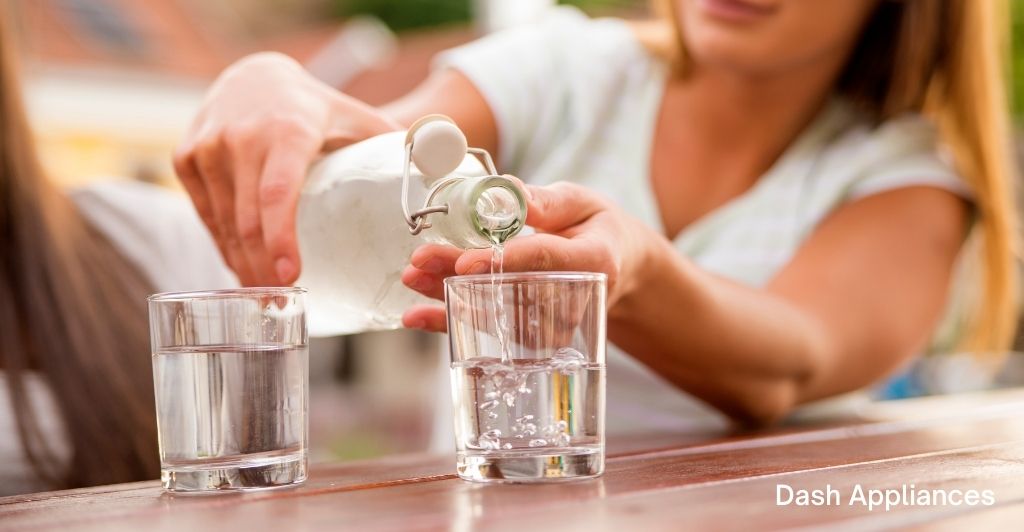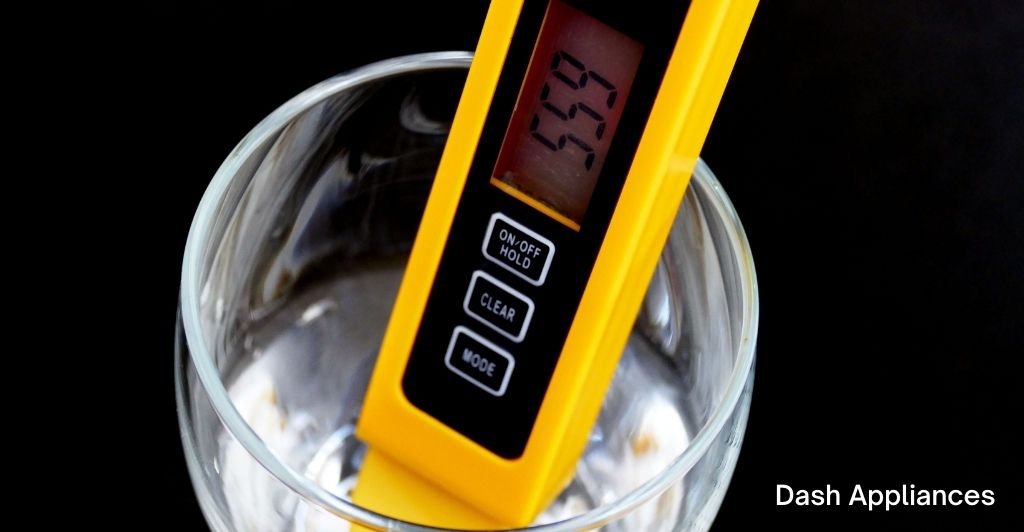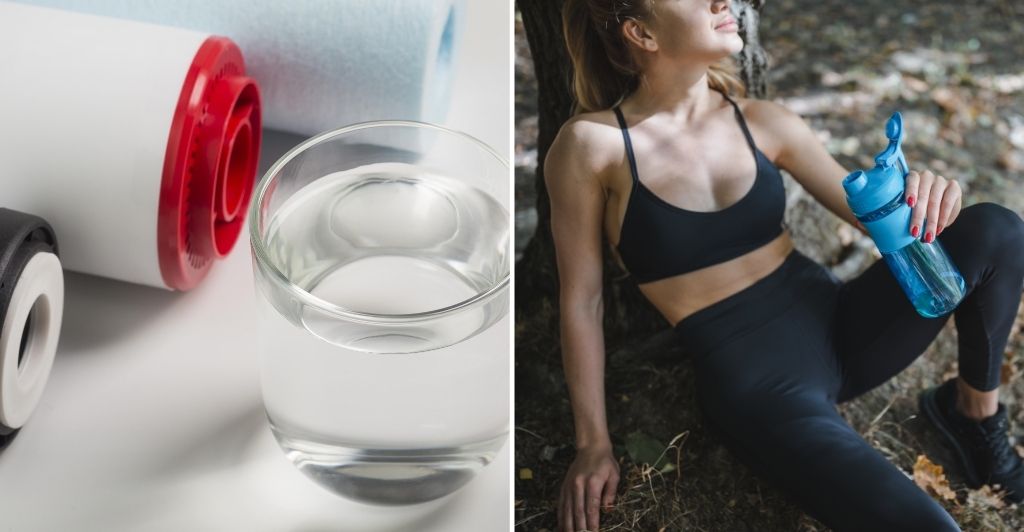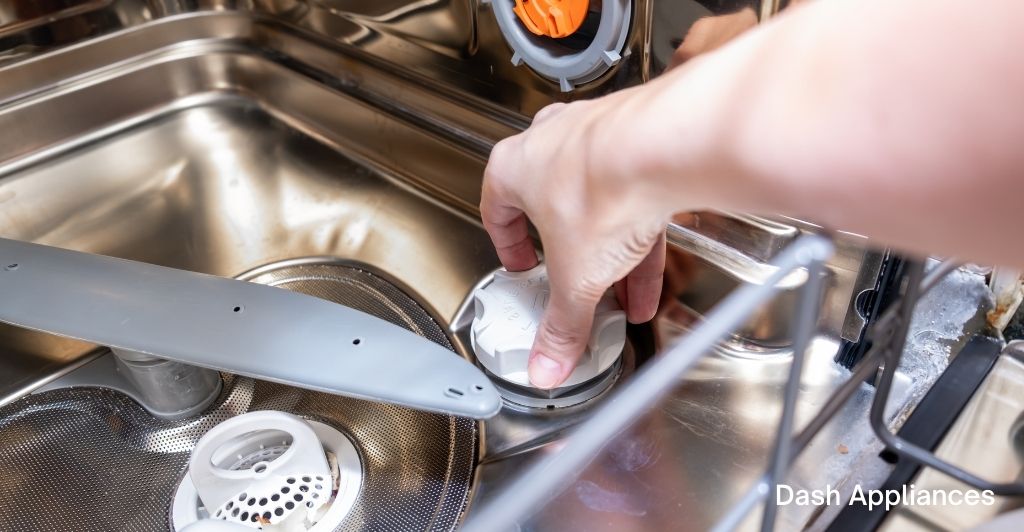How do water filters work? This is a question that people often ask. And, even though they may already know the answer to this question, it is possible that the answer they hear from an expert is not enough for them to understand what is going on with their water.
To help you better understand how important it is to have a good water filter, this article will explain how water filters work and why clean water can make a difference in your daily life and home.
Water Filters: How Do They Work?
Several measures cannot be taken up by municipal water systems and the tap water we get in fact meets the bare minimum quality standards. The EPA has set such quality standards and it is said that these standards are too low.
You don’t want to put the health of you and your family at risk, and you especially don’t want your appliances to get ruined due to the hardness of water, and that’s where water filters enter to save the day.
Water filters remove all such contaminants as the internal surface of the filter takes hold of all the contaminants and sediments, then several compounds and lead are attracted by activated carbon, and at last, there are chemical reactions going inside the filter, which reduce chemicals such as chlorine.
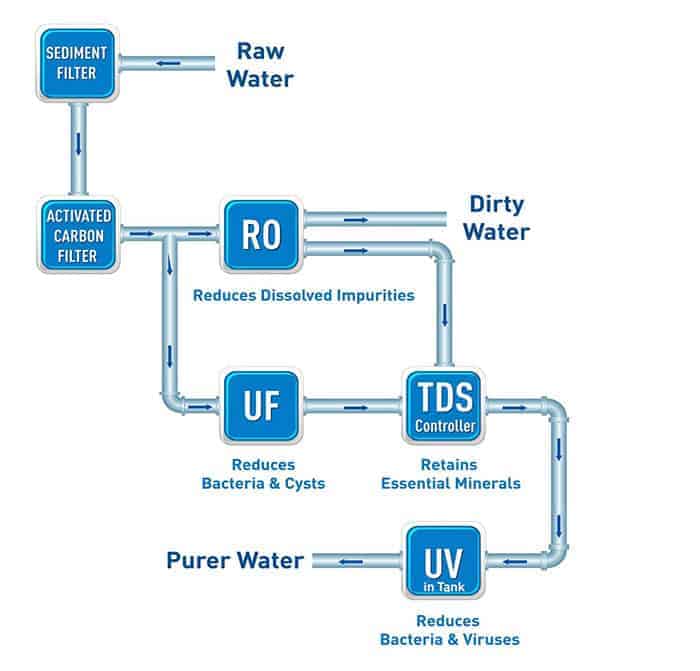
Types of Water Filters
Depending upon their use in terms of what needs to be removed or what is your purpose, there are 5 different kinds of water filters out there:
- Absorption Filters.
- Reverse Osmosis Filters.
- Mechanical Filters.
- Ion Exchange Filters.
- Sequestration Filters.
Every filter is unique in its way as it is made to cater to different problems related to water. Several filters out there use a combination of ways in order to filter on different levels.
Difference Between Physical & Chemical Filtration
Two kinds of techniques are used by water filters. These techniques are used to remove dust and dirt.
To put it in simple words, physical filtration is the technique wherein the water is physically strained in order to get rid of larger impurities. So, a physical filter is basically a glorified name for a sieve. It can either be in the form of a textile membrane or a thin gauze.
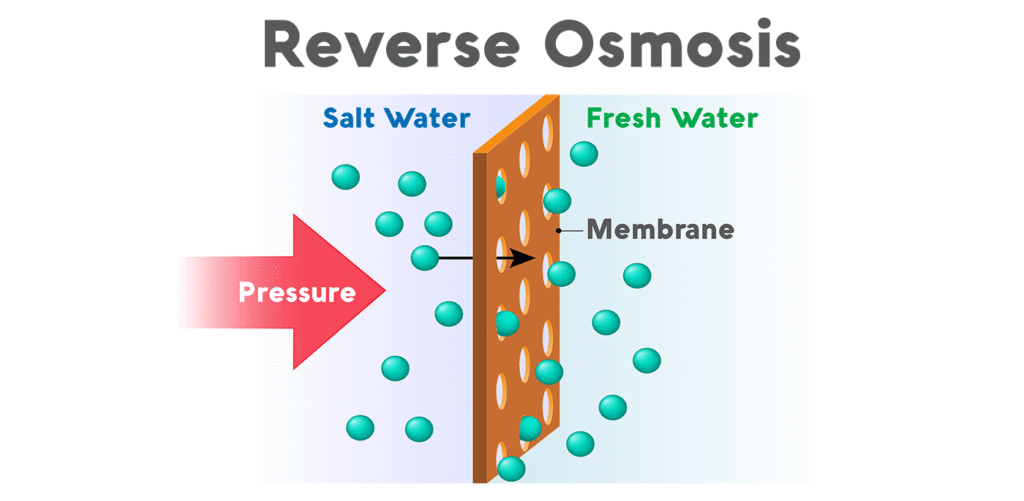
On the other hand, chemical filtration is the process where the water is made to pass through a certain kind of active material. This active material works towards the removal of impurities by using chemicals, while the water passes through the filter.
How Does Water Purification & Filtration Work?
It is not only unpleasant to be around water that doesn’t smell good, but it is also difficult to drink water with a bad taste. To be honest, this will prove to be the least of your problems, as raw water can also be harmful to your health and it can damage your appliances. This is the reason why the water purification and filtration process is vital. Let’s take a look at how it works.
We all have studied it in high school that water is a solvent. This means that several substances get dissolved in water. This property is considered to be great in several circumstances like when your medicine gets dissolved or salt gets dissolved for making gargle water.
However, this property does not prove to be good and it can be a cause of problems when it comes to contaminants and unwanted substances getting dissolved in your drinking water.

Think about all the unwanted particles that get dissolved in your water while it travels its way to your home. Once it flows through the natural source, the water is diverted to a treatment center. This is where it gets processed and then reaches your home.
The water absorbs several contaminants including dirt, and chemicals, which make it appear dirty, taste bad, and smell unpleasant.
The process of water purification and filtration does the job of taking this raw water and turning it into cleaner and good quality water, which is free of all such problems and is not harmful to your health. The process of water filtration can be done in two ways:
- Physical Filtration.
- Chemical Filtration.
We have discussed each of these in detail above.
Purification & Filtration Resulting In Cleaner Water
Each type of filtration is used to remove different kinds of contaminants. You cannot be sure if a particular type of method will remove the particles properly, but most of the purification and filtration systems use multiple measures of filtration, which work in a synchronized manner to give a cleaner result.
The quality of water you get specifically depends upon where you live, and the place from where the water gets supplied to you, but with a good purification and filtration system in hand, you can be sure to get rid of harmful contaminants, along with the unpleasant taste and odor which makes the water dirty.
How Much Filtered-Water Is Required By You?
Some water filters work slowly in comparison with others. The requirement of filtered water depends upon your purpose.

Hence, if you require filtered water for personal drinking, then you won’t be needing a fast filter by your side. However, if you have bigger requirements, then we suggest you research and get a fast filter so that you get more quantity of filtered water quickly.
Unfiltered Water: Is It Harmful To Your Health?
When you consume unfiltered water, it takes different kinds of pollutants and pathogens inside your body.
These contaminants can be hazardous to your health. In this section, we are going to talk about a few major pollutants and pathogens that can go inside your body through unfiltered water, and also the health issues that can be caused by them.
Heavy Metals
Metals such as cadmium, selenium, and copper to name a few are the ones that are present in unfiltered drinking water as they make their way through human activities such as electronic manufacturing, or through deposits of minerals. The consumption of these metals can damage your intestines, kidney, and liver.
All Kinds of Microorganisms
Microorganisms such as bacteria, viruses, and parasites present in unfiltered water can become a cause of several diseases and infections such as contracting gastrointestinal infections.
Nitrates as well as Nitrites
Nitrites and nitrates are substances that can be found in animal wastes, fertilizers, and human sewage. Nitrates are chemicals that can contaminate water via ground seepage. It is known that the consumption of nitrate can be a threat to infants.
These chemicals can also be the cause of a syndrome known as a blue baby. When entered into your intestines, nitrates turn into nitrites. As nitrites, these chemicals stop your blood from carrying oxygen.
Cryptosporidium
Known to be a pathogen, cryptosporidium can make its way to the water supplies at times. This can lead to a gastrointestinal disease, which can be fatal for you.
Fluoride
Fluoride is considered to be good in terms of helping in preventing tooth decay. However, excessive consumption of fluoride via unfiltered water can cause skeletal fluorosis.
Lead
Lead is a harmful metal that can lead to developmental problems in children as well as infants, both mentally and physically.
It is known that adults who have been consuming water containing lead for several years can get problems related to their kidney, and they can also experience high blood pressure.
What Are The Signs Of Contaminated Water?
It is the EPA’s responsibility to ensure that the supply of public water is safe in the United States. The EPA has the authority to set all the standards of the quality of drinking water that comes from several sources such as groundwater wells, lakes, springs, rivers, and reservoirs.
Below are a few of the many signs that will tell you if your water is contaminated:
- Your water appears cloudy, which means that your water might contain pathogens and or pollutants.
- You feel sliminess on your hands after you wash them with water and soap. This is because hard water does not wash the soap away properly.
- You are getting dirty tap water, which has a brown, orange, or yellow color. This could mean that your water contains chromium-6, which is a chemical that can cause cancer. This water can also be a sign that your water contains copper, manganese, lead, and iron.
- You are getting blue or green water. This means that your water has high levels of copper. This can come through corroded pipes. This can lead to health issues like kidney and liver damage, and anemia.
- Your water smells like bleach, which can be due to excessive amounts of chlorine. Chlorine can cause kidney problems, skin irritation, and it can also lead to cancer.
- Your water smells like rotten eggs. This means that your water has high levels of hydrogen sulfide. This is a colorless gas and it turns into sulfate when it gets exposed to a specific type of bacteria. It can lead to diarrhea and dehydration.
Conclusion
We talked about different kinds of filtration systems, why unfiltered water is harmful to your health, and everything else that revolved around the topic. We hope our guide helped you clear all your doubts and that you found exactly what you were looking for.

